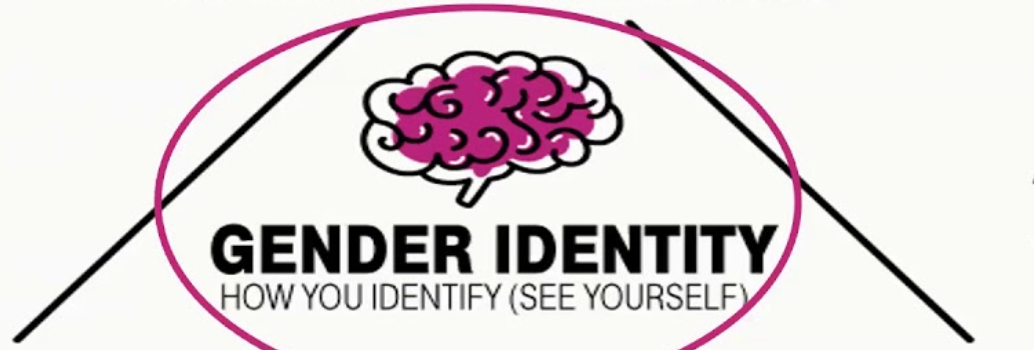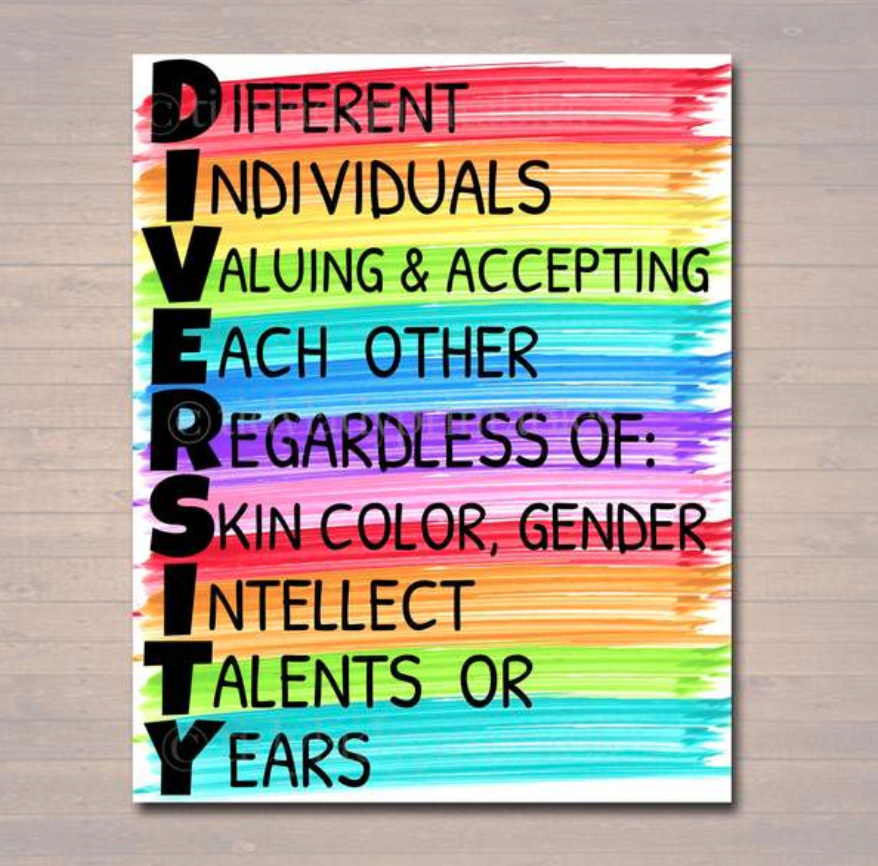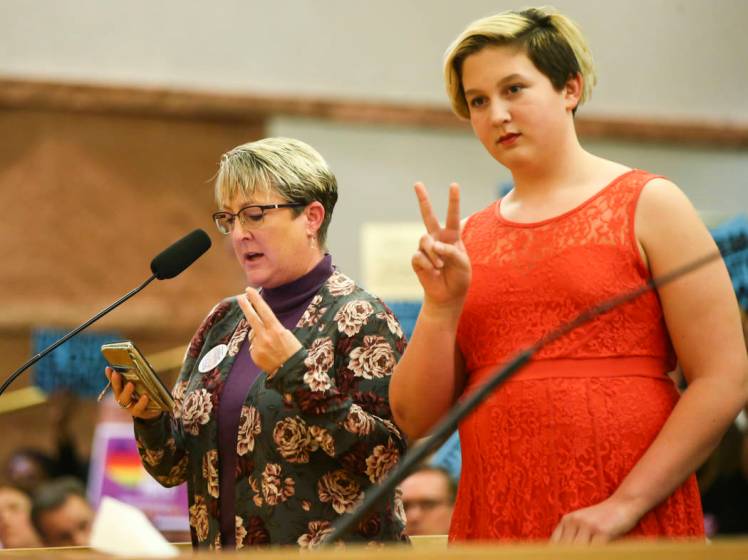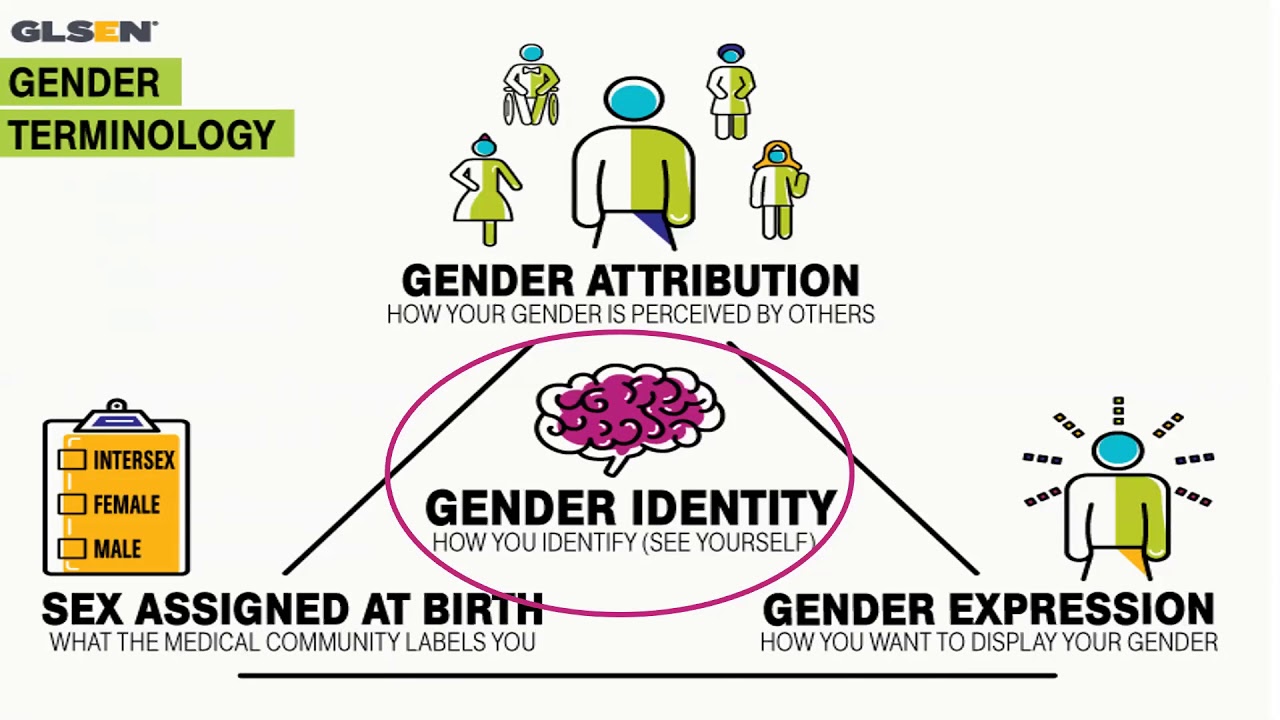We’ve gotta get these numbers up, folks.
We need at least 50% sickos by the fourth quarter.
Teens may be much more diverse in their gender identities than widely thought, a new study suggests.
In a survey of nearly 3,200 high school students in one U.S. school district, researchers found that almost 10% were “gender-diverse.” That meant they identified as a gender other than the sex on their birth certificate.
Often, those kids identified as transgender, but many considered themselves nonbinary — neither male nor female.
Researchers said the 10% figure is far higher than past estimates. A widely cited statistic comes from a 2017 government survey of U.S. high school students, in which 1.8% said they were transgender.
That survey only asked kids whether they identified as transgender, specifically, said Dr. Kacie Kidd, lead researcher on the new study.
In contrast, her team gave high school students more options, asking them to select the terms that best described them: girl, boy, trans girl, trans boy, nonbinary, genderqueer or “another identity.”
And more than 9% chose one or more options that did not align with their birth sex.
That figure is likely closer to the truth than the 2017 survey, said Kidd, a fellow at UPMC Children’s Hospital of Pittsburgh.
“This study was much more inclusive,” she said. “Not all kids who are gender-diverse identify as transgender.”
Of all students who were gender-diverse, roughly 39% identified as trans feminine, while 30% were trans masculine. Another 31% said they were nonbinary.
The survey revealed another pattern, too: Gender diversity was more common among teenagers who were not white.
The prevalence was just over 14% among Hispanic teens, and 10% among Black students. That compared with 7% of their white peers.
What’s striking about that, Kidd said, is that the demographics are much different at the region’s pediatric gender clinic. There, the large majority of kids are white.
The clinic offers what doctors call gender-affirming care. That includes services like hormone-blocking therapy that puts a “pause” on puberty for kids who are transgender or gender-questioning, as well as mental health counseling for those dealing with conditions like depression or anxiety.
The new findings, Kidd said, suggest that many minority kids are not getting gender-affirming care — despite the fact that they are particularly vulnerable.
It’s known that Black and Hispanic transgender women are at especially high risk for violence, poverty, depression and suicidal thoughts.
It’s easy to see why, according to Dr. Michelle Forcier, director of gender, sex and reproductive justice programming at Open Door Health in Providence, R.I.
https://www.youtube.com/watch?v=zg1TaA0daPs
This bitch thinks not mutilating children is “doing harm”
Those women, she said, are at an intersection of transphobia, misogyny and racism.
Forcier’s patients describe a state of chronic stress.
“Every day there are the questions,” Forcier said. “Will I be outed? Will I be assaulted, verbally or physically — in my own home or outside of home? Add to that the experience of racism.”
Forcier wrote an editorial published with the findings May 18 in the journal Pediatrics. She agreed that the new numbers are likely a better reflection of reality.
“It’s good to have confirmation that, yes, of course, more than 2% of kids are gender-diverse,” Forcier said.
…
Forcier said parents can do their part, too.
“You don’t necessarily need to have gender-reveal parties and lock your kids into a pink or blue identity,” she noted.
And in general, Forcier said, kids will do better if they know they have their parents’ support and can talk to them about anything.
Be friends with your kids.
Turn them gay.
You’ve heard of full anal? Well, our children’s schools need to go full ultra double anal.
That’s good for kids and it’s good for society.
We need way more homosexual children if we’re really gonna make this diversity thing work.



